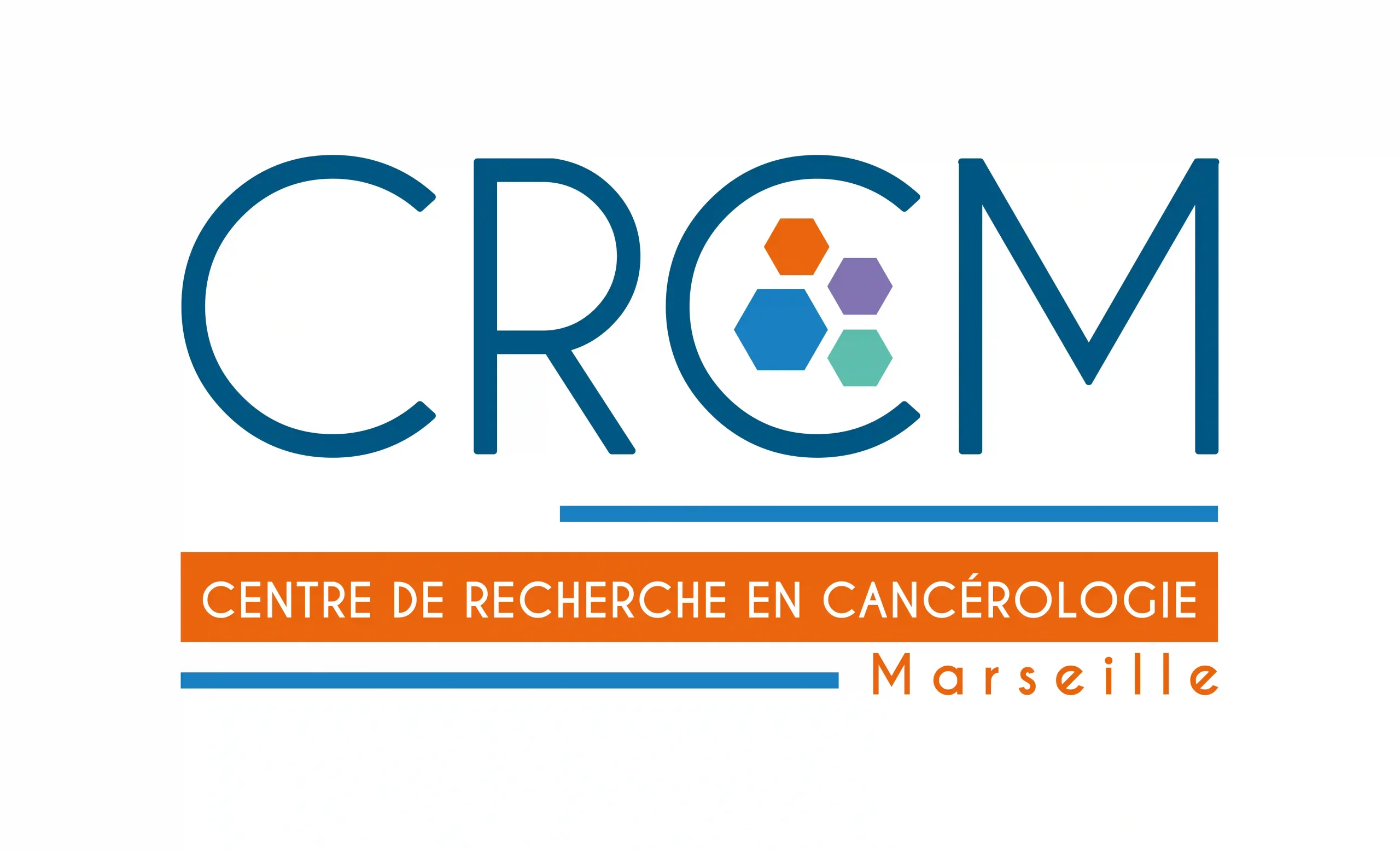The GLYcosylation and New THERApies: GLYNTHERA studies how O-glycosylation of proteins in cancer cells enables them to dominate their microenvironment. The surface proteins identified are then targeted for new therapeutic approaches.
Cell-to-cell communication plays a crucial role in the production and maintenance of complex tissue architectures. Glycoproteins, which undergo extensive modification by complex sugars called glycans, are key mediators of these interactions. The exact ways in which glycans modify and regulate carrier proteins are not yet well understood.
The aim of the Glycosylation, Cell Interfaces and Therapies Laboratory is to unravel the importance of protein glycosylation in cancer. More specifically, we aim to study how glycoproteins help cancer cells thrive in their microenvironment. Our research focuses on the regulation of GalNAc-type O-glycosylation, with particular emphasis on the GALA pathway. This pathway, initiated at the Golgi apparatus, regulates critical glycoproteins involved in the growth of solid tumors.
Our scientific goal is to elucidate how GALA-modified proteins contribute to normal tissue remodeling in tumor development, immune evasion and sustained growth in a limited environment. By gaining a better understanding of these processes, we can identify new targets for therapeutic intervention.
Our translational research focuses on a specific GALA target known as Calnexin, a chaperone protein that functions on the surface of cancer cells to degrade the extracellular matrix.

The projects
Experimental work on mice has shown that the GALA pathway regulates a form of cellular competition, in which cells with high GALA levels dominate cells with low GALA levels. The aim of this project is to reconstitute this competition in vitro and identify the glycoproteins involved in this interaction using siRNA or CRISPR.
GALA induces glycosylation of ER resident proteins. For several ER proteins, this glycosylation also results in exit from the ER and presentation at the cell surface. We aim to understand how glycosylation may lead to this redistribution of proteins.
The project focuses on the role of O-glycosylation of the ER protein in pancreatic cancer. We use in vitro and in vivo techniques to study the impact of O-glycosylation on cell-ECM interactions and tumor progression. Using glycoproteomics techniques, we are discovering O-glycosylated proteins that can be studied as biomarkers and therapeutic targets.
Team news
Featured publications
10/2024
Le Son Tran, Joanne Chia, Xavier Le Guezennec, Tham Keit Min, Anh Tuan Nguyen, Virginie Sandrin, Way Cherng Chen, Tan Tong Leng, Sreedharan Sechachalam, Leong Khai Pang, Frederic A. Bard
12/2021
Chia J, Wang SC, Wee S, Gill DJ, Tay F, Kannan S, Verma CS, Gunaratne J, Bard FA.
11/2020
Ros M, Nguyen AT, Chia J, Le Tran S, Le Guezennec X, McDowall R, Vakhrushev S, Clausen H, Humphries MJ, Saltel F, Bard FA.
11/2017
NGuyen, A.T., Chia, J., Ros, M., Hui, K.M., Saltel, F. and Bard, F.
03/2014
Chia J, Tham KM, Gill DJ, Bard-Chapeau EA, Bard FA.
05/2010
D. J. Gill, J. Chia, J. Senewiratne, and F. Bard.


Labels, Funding and Partners
Like others, they were part of the team.
Thank you to all those who have contributed to CRCM's excellence and impact.
Find out more in this article.









































